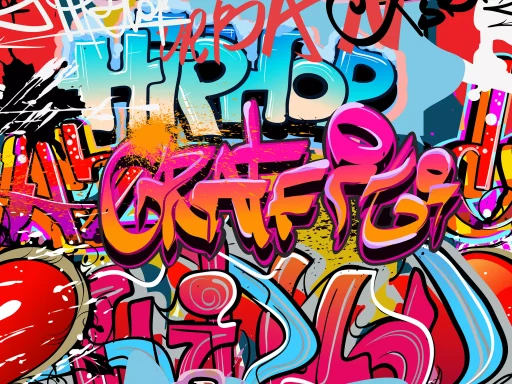Understanding Gen Z Slang
As the youngest generation, Gen Z (born approximately between 1997 and 2012) is not just characterized by its affinity for social media and technology, but also by its vibrant and ever-evolving language. Slang is a vital part of their communication, especially phrases that convey coolness. This article explores the various terms used to signify ‘cool’ among Gen Z, complete with examples and insights.
Common Gen Z Slang for ‘Cool’
Here is a list of some popular slang terms that Gen Z uses to express that something is ‘cool’:
- Lit: Originally used to describe something that was intoxicated, it quickly transformed into a word for anything exciting or excellent. For example, “The concert last night was lit!”
- Fire: Used to describe something fantastic or hot. Example: “Those sneakers are fire!”
- Bussin: Initially used to describe exceptional food, this term now extends to anything overwhelmingly good, such as “This party is bussin!”
- Groovy: Though an older term, it is experiencing a revival among Gen Z, used playfully to mean cool or stylish, as in “Those retro outfits are so groovy!”
- Drip: Referring to someone’s style or fashion sense, particularly when it’s impressive. For instance, “Check out his drip!”
- Slaps: When a song is exceptional or catchy, it can be said to ‘slap.’ Example: “This new track slaps!”
The Evolution of Slang
Gen Z’s use of slang illustrates how language evolves with cultural and technological shifts. Unlike previous generations, Gen Z employs social media as a primary mode of communication, which impacts how quickly language changes. With platforms like TikTok, terms can gain popularity overnight, spreading through memes and viral content.
Case Studies and Statistics
According to a study by Pure Phil, over 70% of Gen Z respondents noted that they frequently use slang in their conversations, especially in text messages and social media posts. Here are some interesting findings:
- 80% reported using slang to feel more connected to their peers, demonstrating the cultural significance of language.
- 65% believe that slang enhances their identity and expresses individuality.
- 50% admitted they change their slang depending on their audience, indicating adaptability in language use.
Impact of Social Media on Gen Z Slang
Platforms like TikTok, Instagram, and Twitter are vital for sharing and adopting new slang. For example, a phrase or term can go viral through a trending challenge or video.
Here’s how social media influences Gen Z slang:
- Instant Feedback: Users can see which slang terms are catching on quickly, leading to more immersive participation.
- Global Connectivity: Gen Z communicates with peers worldwide, allowing unique terms from various cultures to spread rapidly.
- Memes and Trends: Slang often appears in memes or as part of popular challenges, making it relatable and user-friendly.
Conclusion
The evolution of Gen Z slang signals a dynamic linguistic landscape shaped by digital innovation and cultural movements. The terms they use to denote coolness reflect not only their preferences but also their values. As Gen Z continues to mature, their language will play a pivotal role in shaping future communication trends.
Slang serves as a bridge for understanding among peers, making it a vital tool for connection in an increasingly digitized world. Keeping up with this ever-changing lexicon can help us appreciate and relate to the vibrant culture of Gen Z.






